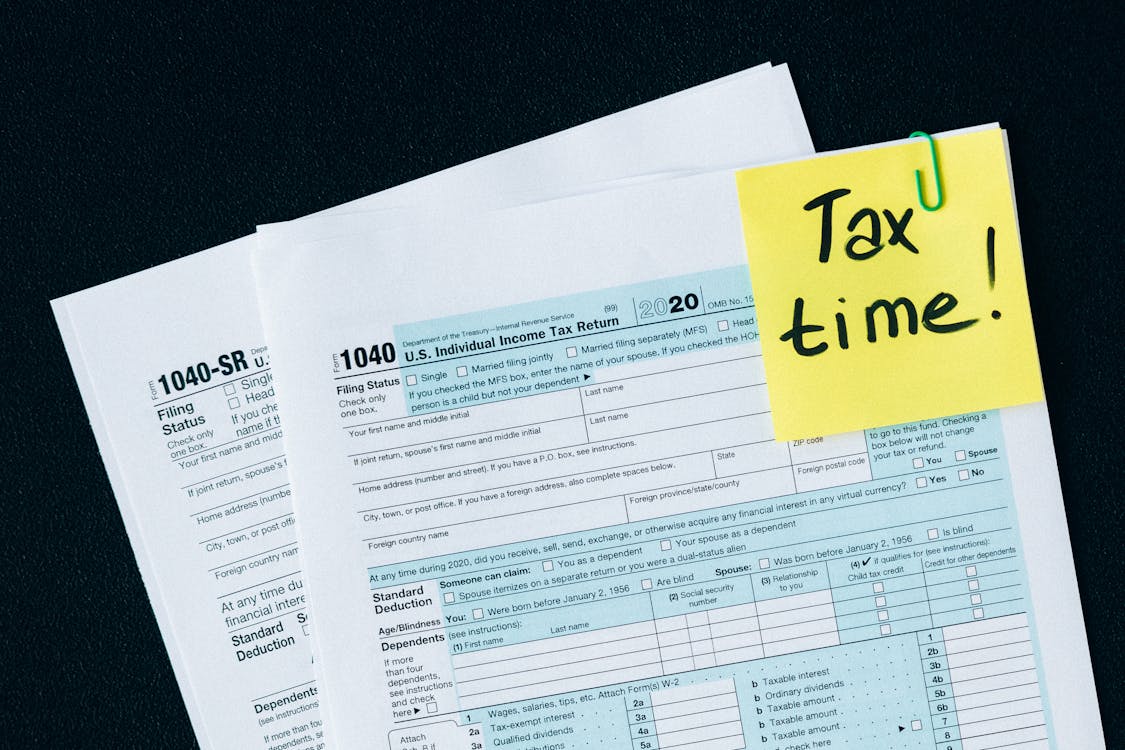What Is Tax Loss Harvesting?
Author: ChatGPT
March 06, 2023
Introduction
Tax loss harvesting is a strategy used by investors to reduce their tax liability. It involves selling investments that have lost value in order to offset any capital gains that may have been realized during the year. By doing this, investors can reduce their taxable income and save money on taxes.
Tax loss harvesting is a way for investors to take advantage of the losses they have incurred in their investments and use them to offset any gains they may have realized during the year. This strategy can be used to reduce an investor’s taxable income and save money on taxes. It is important to note that tax loss harvesting should only be done after careful consideration of the potential risks and rewards associated with it.
The process of tax loss harvesting involves selling investments that have lost value in order to offset any capital gains that may have been realized during the year. This means that if an investor has sold an investment for more than what they paid for it, they can use the losses from other investments to offset those gains and reduce their taxable income.
How Does Tax Loss Harvesting Work?
Tax loss harvesting works by taking advantage of losses incurred in investments throughout the year and using them to offset any capital gains realized during the same period. When an investor sells an investment for more than what they paid for it, they are said to have realized a capital gain. This gain is subject to taxation, but if the investor has also incurred losses from other investments during the same period, those losses can be used to offset some or all of the gain and reduce their taxable income.
In order for tax loss harvesting to be effective, investors must first identify which investments are losing value and then sell them before the end of the year in order to realize those losses before taxes are due. It is important for investors to understand how long-term capital gains are taxed differently than short-term capital gains as this will affect how much money they can save through tax loss harvesting.
Benefits of Tax Loss Harvesting
Tax loss harvesting can be a great way for investors to save money on taxes while still maintaining a diversified portfolio of investments. By taking advantage of losses incurred throughout the year, investors can reduce their taxable income and save money on taxes without having to liquidate all of their holdings or take on additional risk with new investments. Additionally, tax loss harvesting allows investors to maintain a diversified portfolio while still taking advantage of potential tax savings opportunities.
Another benefit of tax loss harvesting is that it allows investors who are already in a high-tax bracket or who expect their income level or tax rate will increase in future years, an opportunity to defer some or all of their current taxes until later years when they may be able to pay less overall due to lower rates or deductions available at that time. This strategy also allows investors who expect their income level or tax rate will decrease in future years, an opportunity to pay less overall due now rather than waiting until later when rates may be higher or deductions unavailable at that time.

Risks Associated With Tax Loss Harvesting
Although there are many benefits associated with tax loss harvesting, there are also some risks involved as well. One risk associated with this strategy is that it requires careful planning and monitoring throughout the year as well as knowledge about how long-term capital gains are taxed differently than short-term capital gains which could affect how much money you can save through this strategy. Additionally, if you do not properly monitor your portfolio throughout the year you could end up realizing more losses than necessary which could result in additional taxes being owed at a later date when you eventually realize those gains again down the road. Finally, if you do not properly plan ahead when implementing this strategy you could end up missing out on potential opportunities where you could have saved even more money through other strategies such as deferring your taxes until later years when rates may be lower or deductions available at that time instead of realizing your losses now when rates may be higher or deductions unavailable at that time insteadI highly recommend exploring these related articles, which will provide valuable insights and help you gain a more comprehensive understanding of the subject matter.:www.cscourses.dev/how-tax-loss-harvesting-works.html


How Long Does It Take To Sell Stock And Get Money?
Discover the answer to one of the most frequently asked questions in the world of finance - learn how long it takes to sell stock and receive your earnings.

What Are High Dividend Stocks?
Discover how investing in high dividend stocks can potentially provide a steady income stream and increase your long-term returns in the stock market.

Are Data Science And Machine Learning The Same?
Data science is a field of study that focuses on extracting insights from large amounts of data. It involves using various techniques such as machine learning, natural language processing, statistics, and data mining to analyze data sets and uncover patterns or trends.

Are Remarkable Tablets Worth It?
Are you looking for a device that can replace your notebooks and printed documents? If so, you may have heard of the reMarkable 2 tablet.
